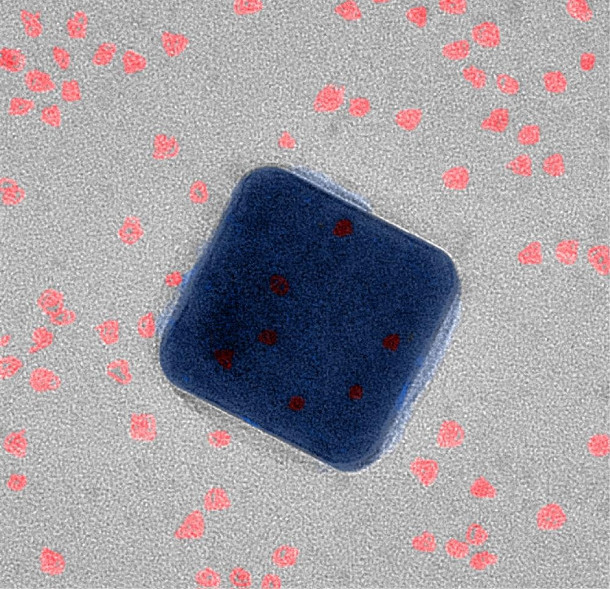Optical computing: Superfast light emitting device sets new record

Researchers have developed an ultrafast light-emitting device that can flip on and off 90 billion times a second, paving the way for high speed optical computing.
Duke University researchers from the Pratt School of Engineering have managed to push semiconductor "quantum dots" to emit light at more than 90 gigahertz.
Unlike lasers that are difficult to integrate into chips and consume power, the fluorescent devices are easier to adapt.
"This is something that the scientific community has wanted to do for a long time," said Maiken Mikkelsen, an assistant professor of electrical and computer engineering and physics at Duke.
A traditional transistor's operation speed depends both on the size of the chip and the speed at which electrons travel in it.
The next generation of silicon transistors are proving tough to build given the limits of reducing the size. They are fast approaching the 10nm dimensions beyond which the development will slow down owing to the nature of electrons.
Lacking the size limitation of electrons, photon or light-based transistors can be incredibly small and hence increase computing power.
Optical transistors can be one thousand times faster than an electron-based transistor. However, due to the enormous speed of light, it can be difficult to pin down a photon.
Optical computing would also reduce power consumption and heat generation.
Technique used
At Duke the method used involved shining a laser on the surface of a tiny silver cube 75 nanometres wide (the human hair is 60,000 nm wide). The oscillation of free electrons results in production of light which in turn reacts again with the free electrons.
Energy trapped on the surface of the cube is called a plasmon. It creates a strong electromagnetic field between the cube and a thin sheet of gold placed a few atoms away.
"Quantum dots" or the tiny semiconducting material (six nanometres wide) placed in between interact with the field to produce a directional, efficient emission of photons that can be turned on and off at more than 90 gigahertz.
The technology had been limited by slow emission rates from materials as also lack of efficiency and lack of directional abilities.
The group is now working to create a single photon source by sandwiching a single quantum dot in the gap. By working on precise placement and orientation of the dot, they hope to get the fastest rates of emission.
"The eventual goal is to integrate our technology into a device that can be excited either optically or electrically," said Thang Hoang, also a postdoctoral researcher in Mikkelsen's laboratory.
More about optical computing
© Copyright IBTimes 2025. All rights reserved.





















